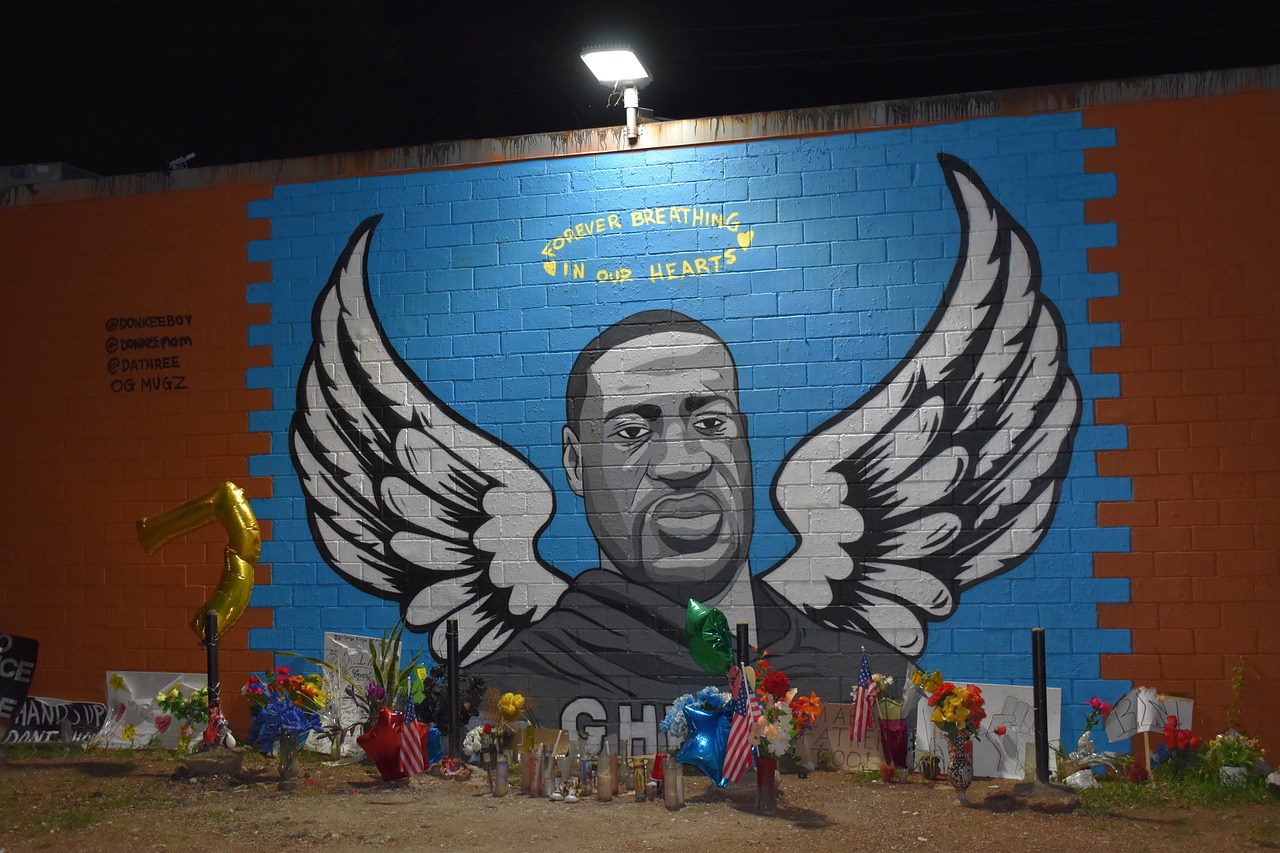The murder trial of Derek Chauvin—the white former Minneapolis police officer accused of killing George Floyd—began on Monday, 10 months following Floyd’s death and the ensuing protests it sparked across the nation.
In May, Chauvin, along with two other police officers, arrested Floyd for allegedly using a counterfeit bill in Minneapolis, Minnesota. During the arrest, Chauvin knelt on the neck of Floyd, a Black man, for approximately 9 minutes and 30 seconds—43 seconds longer than originally reported. A now-viral video shows Chauvin refusing to lift his knee despite Floyd’s repeated complaints about being unable to breathe and eventual loss of pulse.
Chauvin is charged with second-degree unintentional murder, second-degree manslaughter and third-degree murder for the killing. Hennepin County District Court Judge Peter Cahill reinstated the third-degree murder charge on March 12, after months of judicial review.
Special prosecutor Jerry Blackwell opened with nearly hourlong opening remarks, walking the 15 jurors through the events leading up to Floyd’s death. “You will learn that on May 25, 2020, Mr. Derek Chauvin betrayed this badge when he used excessive and unreasonable force upon the body of Mr. George Floyd,” Blackwell said.
Chauvin’s defense attorney Eric Nelson delivered a shorter opening statement to explain what can be considered reasonable use of force by a police officer and what reasonable doubt means. “That’s what this case is ultimately about: it’s about the evidence … it is nothing more than that,” Nelson said. He further presented the defense’s theory of the case, seeking to prove that Floyd died of a drug overdose and a heart condition.
The prosecution then introduced three witnesses: (1) Jena Scurry, the 911 dispatcher who handled the call that resulted in Chauvin’s arrival at the scene; (2) Alisha Oyler, a witness to Floyd’s arrest who recorded several brief video clips of the event; and (3) Donald Williams II, another witness who pleaded with Chauvin to get off of Floyd.
State v. Derek Chauvin will be live-streamed in its entirety and marks the first time a Minnesota trial has been broadcast. Daily and archived videos can be accessed here.


